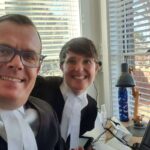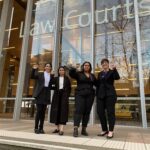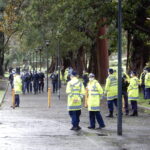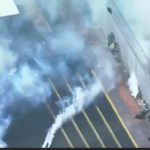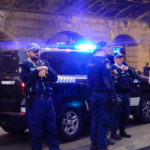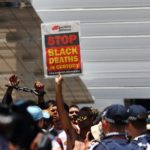Black Lives Matter Triumphs Over the Attempts to Suppress Dissent
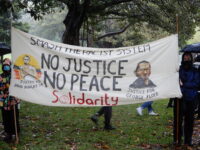
The Stop Black Deaths in Custody – Black Lives Matter rally that took place at Djarrbarrgalli-the Domain on Monday, 26 October 2020 was the first major demonstration to take place in the city of Sydney since the government revoked the unofficial ban on public protest.
And it might be remembered that the protest on unceded Gadigal land was the event that broke the back of the protest prohibition.
NSW police commissioner Mick Fuller was originally moving to take organisers to the NSW Supreme Court to have the rally prohibited. But on 21 October 2020, they learnt the commissioner had withdrawn his opposition to the demonstration. And two days later, the ban was lifted.
The recent upsurge in Black Lives Matter had been met with a sustained campaign to suppress it. Organisers were recently taken to court on multiple occasions to prohibit rallies, while in late July 2020, NSW police began enforcing a ban on public assemblies, which aimed at silencing the movement.
The protest on Monday 26 October marked a number of BLM triumphs. The movement had outlived the attempt to subdue it. A parliamentary inquiry into custody deaths commenced. The inquest into the death of Nathan Reynolds was taking place. And the fight for justice for Kumanjayi Walker continued.
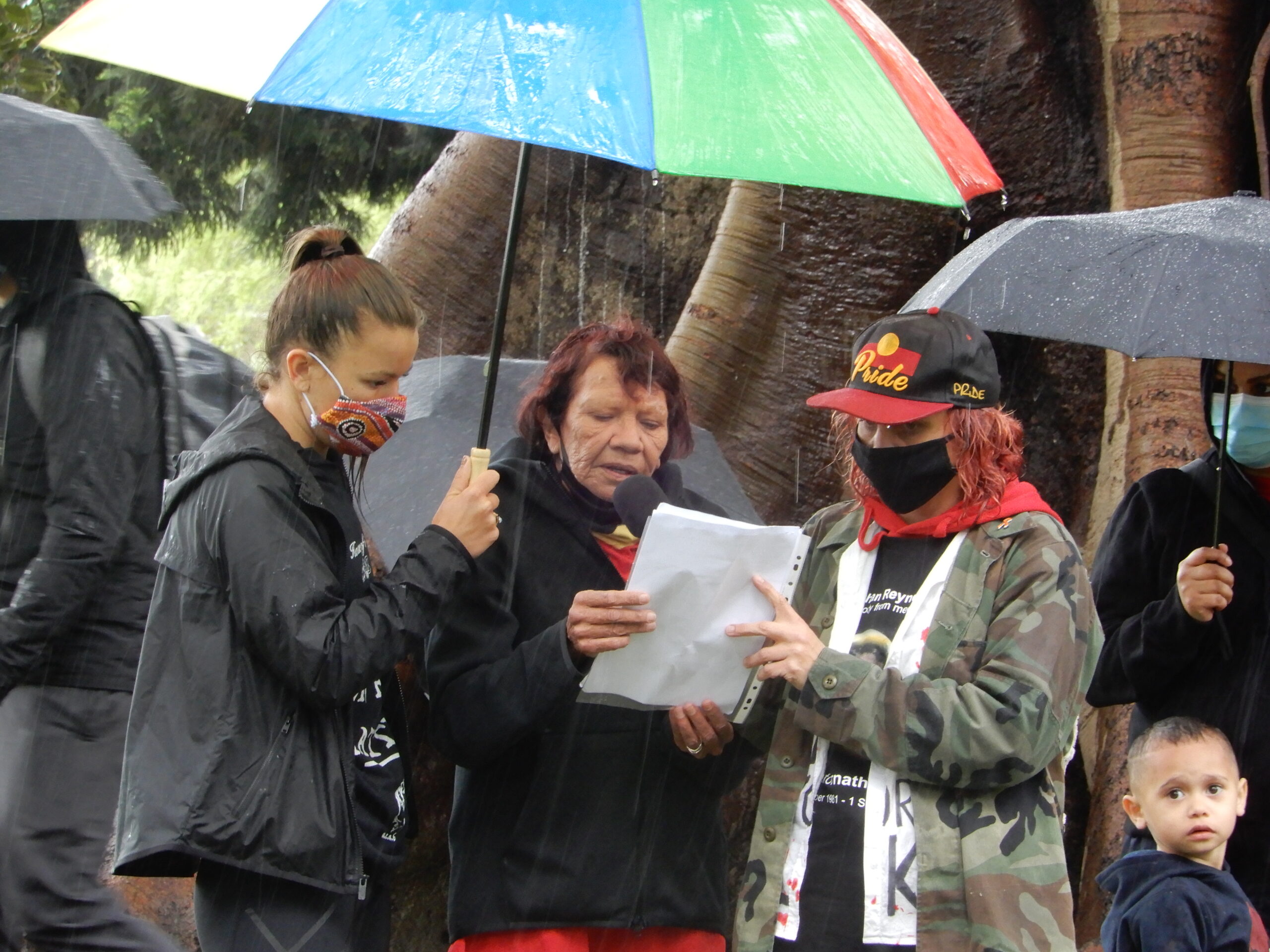
Black deaths in custody
“We all know that First Nations sovereignty has never been ceded, especially to the government of NSW,” Aunty Leetona Dungay told the BLM rally. “That is the government that killed my son David Dungay Junior.”
Seeking justice for David Dungay has been central to the resurgence of the First Nations justice movement, which began in late May.
The 26-year-old Dunghutti man died at the hands of Long Bay Gaol guards, as they held him face down in the prone position, while he called out that he couldn’t breathe, in December 2015.
Dungay is now one of 441 First Nations people who have lost their lives in police or corrections custody since the Royal Commission into Aboriginal Deaths in Custody delivered its recommendations in 1991.
“Over 440 people have died and no one has ever been held accountable. How can you have over 440 victims, and no one ever gets arrested or charged?” Aunty Leetona asked. “I’ll tell you why, because all the victims were Aboriginal.”
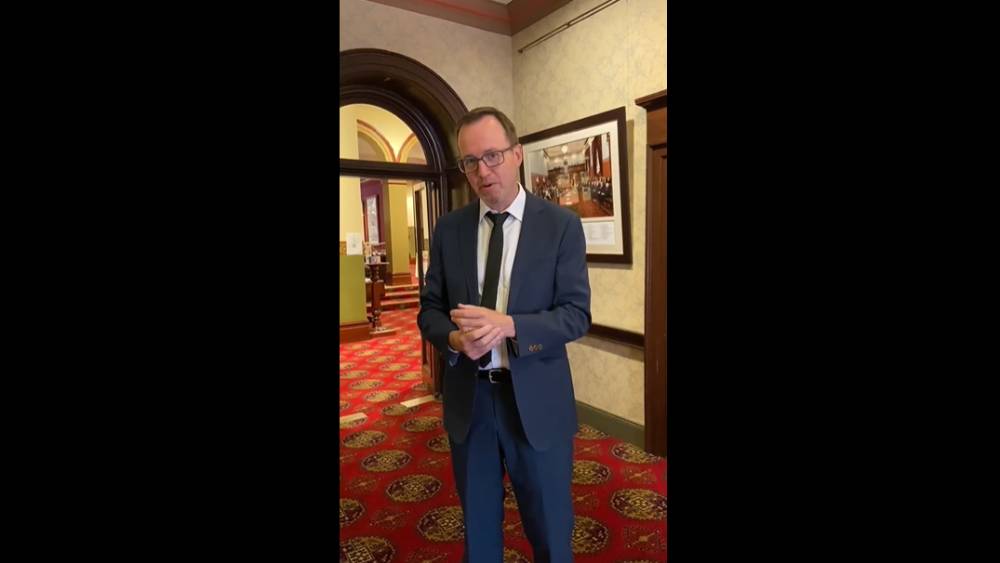
Reforming a racist system
Meanwhile, as the rally was in progress, the first day of hearings of the parliamentary inquiry into the overrepresentation of First Nations people in the prison system and “the failure to obtain justice for so many deaths in custody” was underway.
NSW Greens MLC David Shoebridge told a press conference that the rally and the inquiry were intimately linked, as “the only way we got the inquiry that’s starting today was through the strength of advocacy on the streets”, when thousands took to them to demand First Nations justice.
Back at the rally, Deadly Connections ambassador Keenan Mundine explained that his organisation had made a submission to the inquiry, which recommended that an independent First Nations body be established to investigate Aboriginal custody deaths.
The need for an independent First Nations-run investigative body was stressed by most of the speakers at the BLM rally.
“We are also asking our government to stop investing in prisons,” Mundine continued, “and to redirect the money into community-controlled organisations to address the underlying issues that keep our people entrenched in the justice system.”
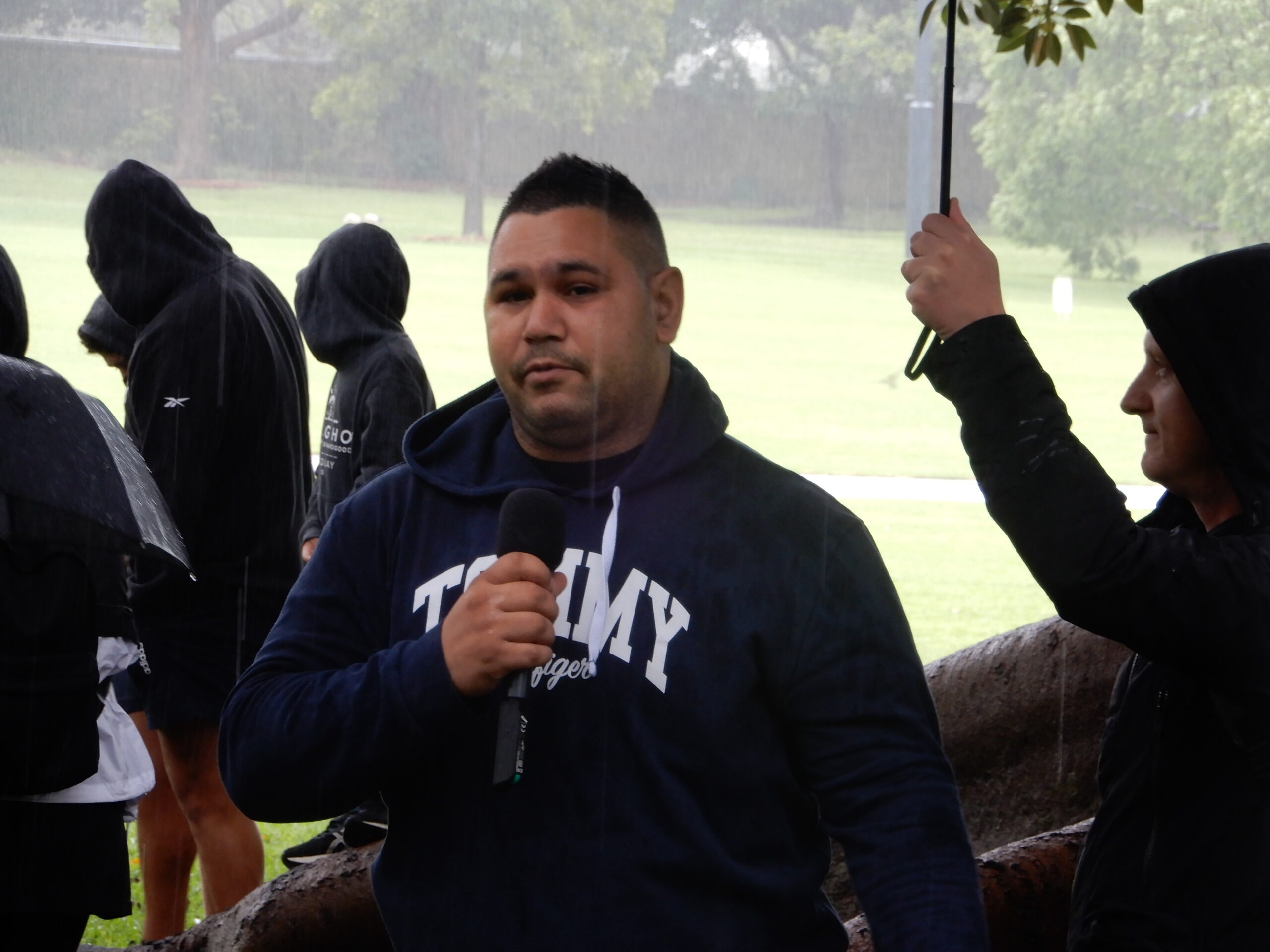
Systemic neglect
As the rally took place in the city, the inquest into the death in custody of Nathan Reynolds continued at the Coroners Court in Lidcombe.
In September 2018, Reynolds died in prison due to a severe asthma attack, which authorities failed to respond to as a medical emergency.
The court has already heard that prison staff were slow to respond to the late night asthma attack that Reynold’s was suffering in a cell. The guards again cited the excuse of supposed false alarms in relation to the recurring issue of neglecting Aboriginal prisoners in need.
Fellow inmates told the hearing last week that despite there being an understanding that the 36-year-old Gamilaraay man was having an asthma attack, a nurse entered the cell to administer an overdose reversal drug as she treated the situation like it was a drug-related incident.
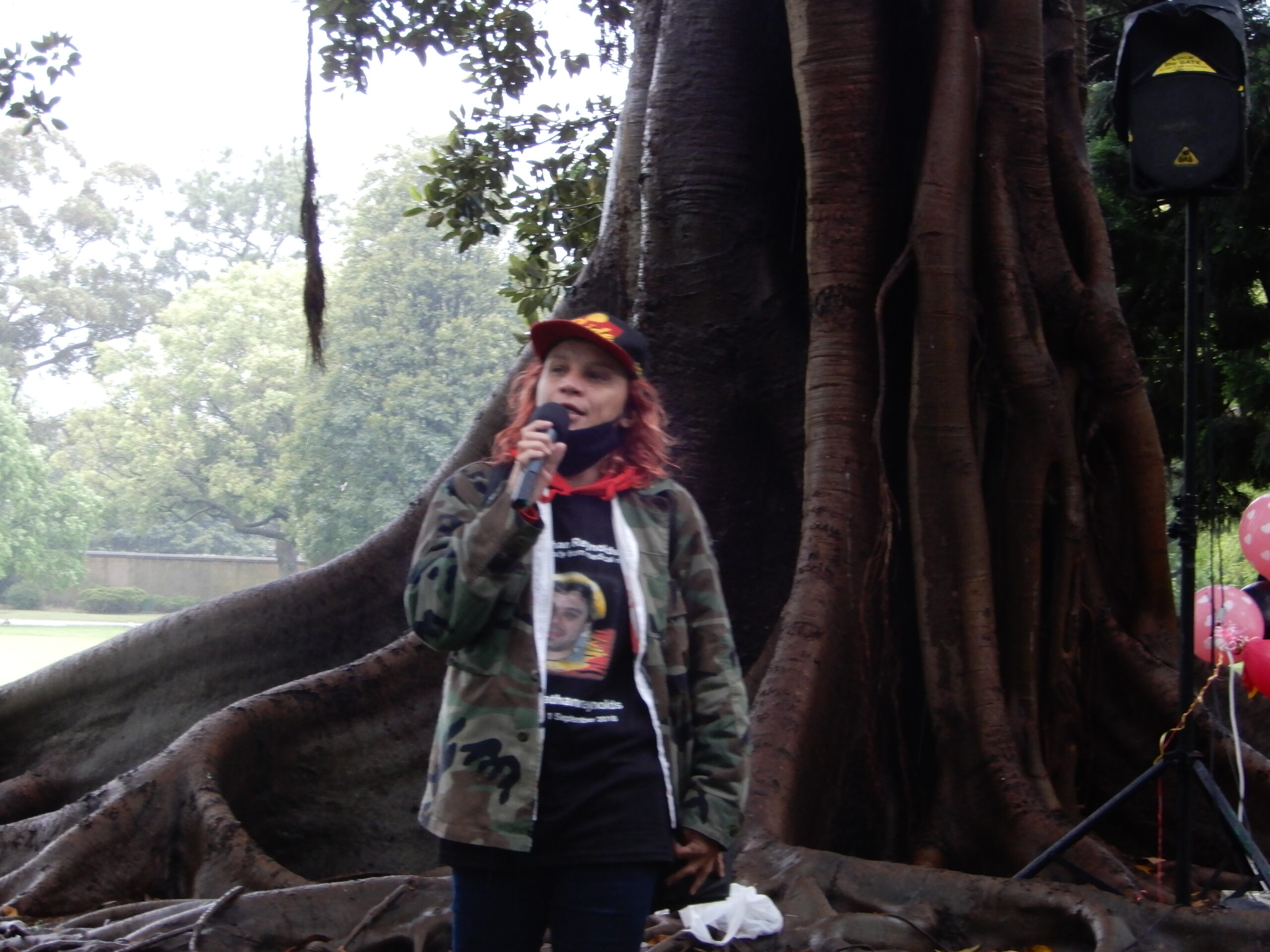
In MCing the rally, Gumbaynggirr, Dunghutti and Bundjalung woman Elizabeth Jarrett read out a statement from the Reynolds family that said, “We have learnt over the past week that there are a number of failures when it came to the care – or lack of care – provided to Nathan.”
An unprecedented murder trial
Monday was also a landmark day in the campaign for justice for Aboriginal deaths in custody, as the Alice Springs Local Court ruled that NT police officer Zachary Rolfe will be standing trial for the murder of Warlpiri man Kumanjayi Walker in Yuendumu in November last year.
Rolfe shot Walker three times after he entered the house where the 19-year-old was staying, as part of a military style raid. The constable will be the first Australian police officer ever to stand trial for the murder of an Aboriginal person.
“We need to end violence and harassment by police and reclaim the rights to patrol our own community. Right now, every time we see police with a gun, we are terrified,” read a statement from Warlpiri elders.
“The police and government rule over us and treat us as enemies on our own land.”
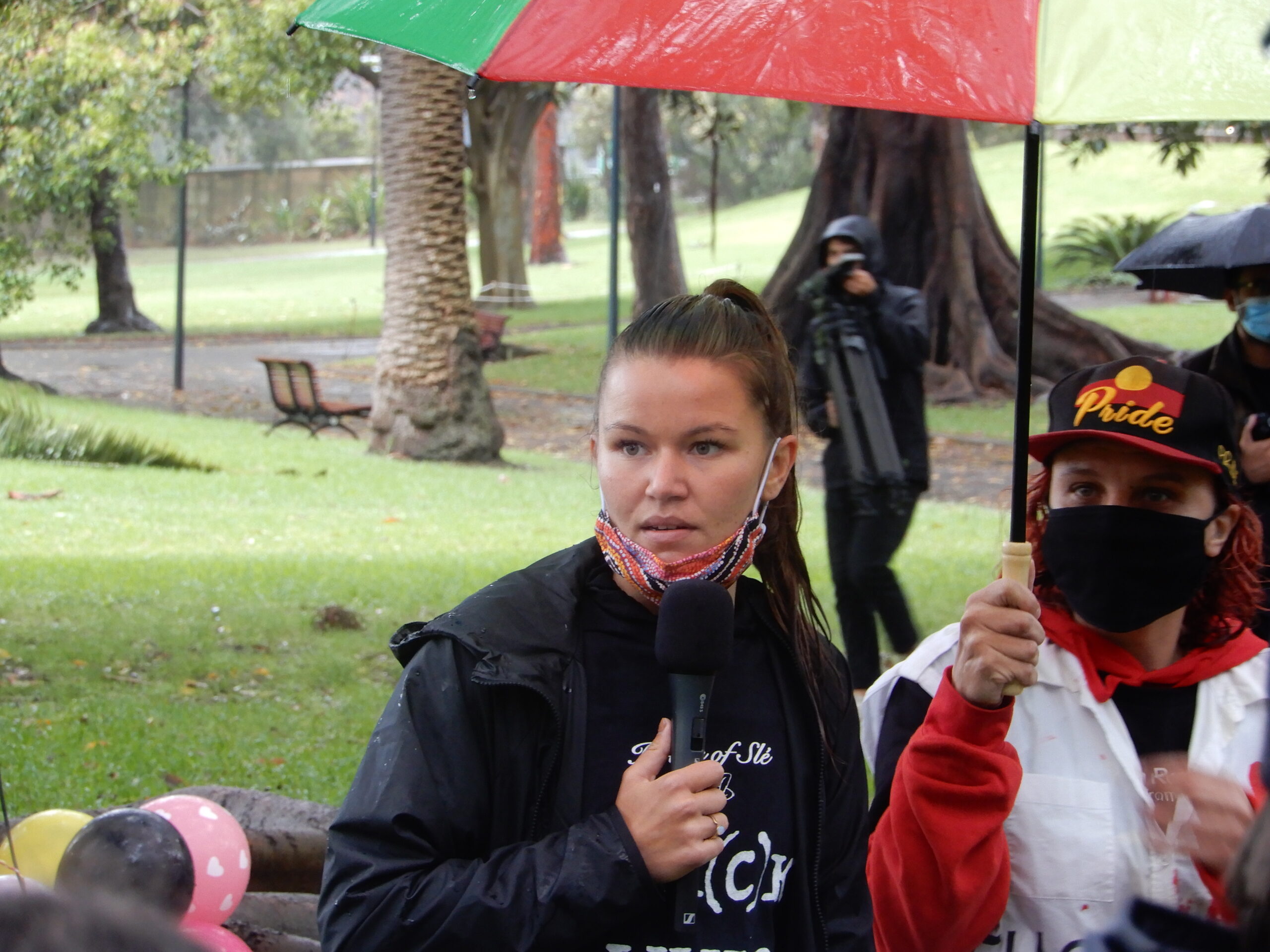
Sustained support is key
All of the BLM rally speakers thanked the 250-odd supporters who braved the wind and rain to gather in the park on Monday 26 October. And each of those who took the mike underscored the need for allies to continue showing up on the streets in support of Black Lives Matter.
“If you are serious about Black Lives… then you need to show up,” said activist Vanessa Turnbull-Roberts. “We have an opportunity right now to demand change – to demand the change that my people have been fighting for.
“You all have a duty to utilise your privilege,” the Bundjalung woman advised. “I ask that you show up, and you show up with love.”


